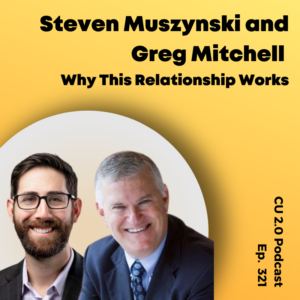A surprising percentage of the U.S. population needs short-term credit. Yearly, more than ten million households use these small dollar loans (usually “payday loans” or Payday Loan Alternatives (PALs)). These loans may be critically important financial health services for struggling members.
Most people use them to manage recurring costs. About a sixth of borrowers use them for unexpected or emergency expenses. And it’s not just low-income earners who feel on the back foot in this economy. Almost 70% of Americans have less than $1,000 in savings, and an increasing number of middle- and high-income earners are living paycheck to paycheck.
With recent discussions about a growing credit bubble, and a slowing real estate market, the economy looks a little less rosy than at first glance. Then, there were massive market corrections in the last couple of weeks. Finally, with increased fears about the Coronavirus and its threats to both local and global economies, it looks more and more like American families may need a little extra help here and there.
It’s probably time to take another look at short-term lending and payday alternative loans—for the sake of member health.
To be clear, small-dollar loans are a $9 billion per year industry. These loans—and the need for them—aren’t going to disappear. The question is, “how can they be handled responsibly?” QCash Financial suggests that credit unions are the best solution for meeting smaller, urgent cashflow needs. By capping interest rates and providing reliable, instant loan options, credit unions can provide these necessary short-term loan services to members who might otherwise turn to predatory lenders.




